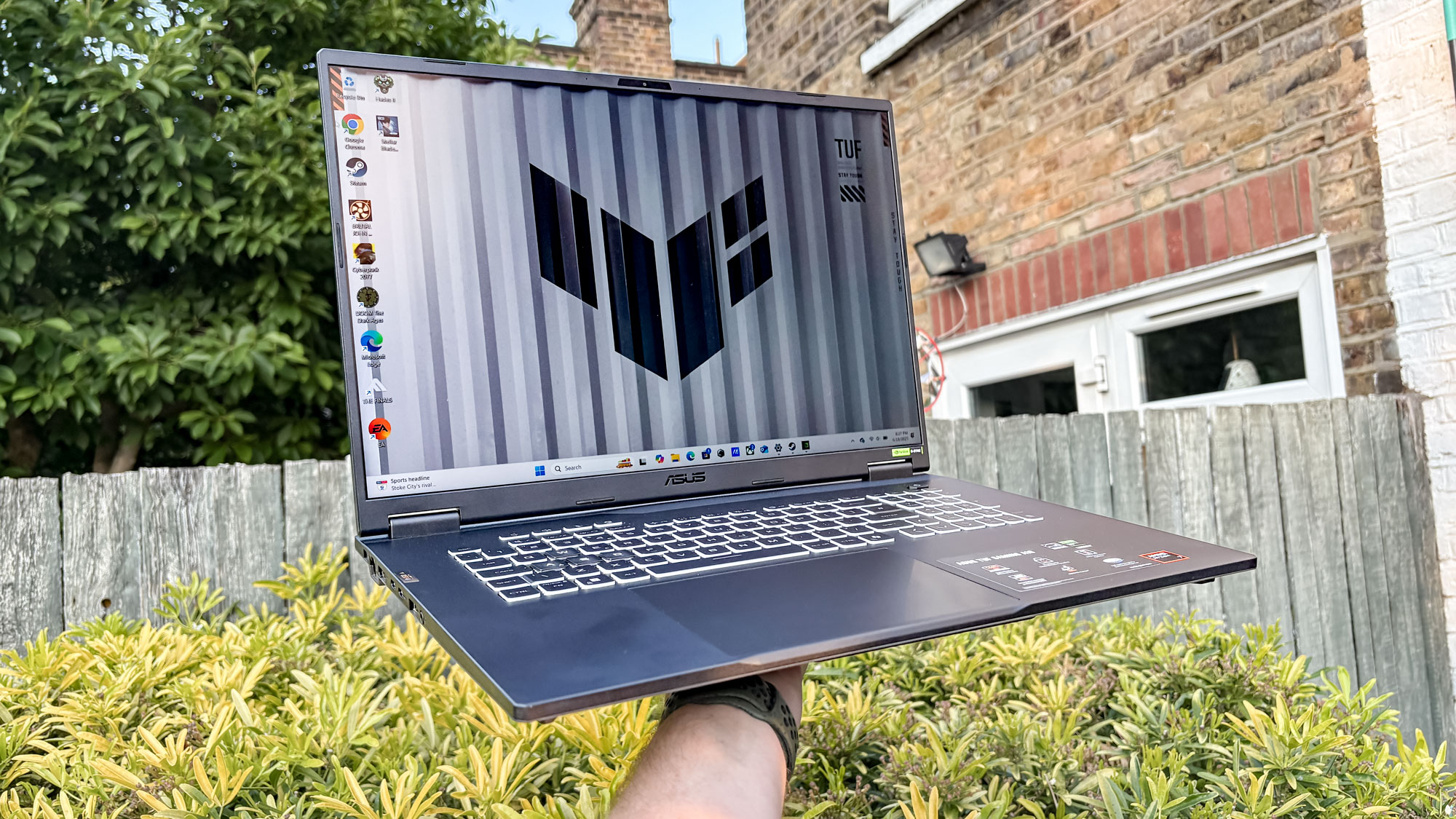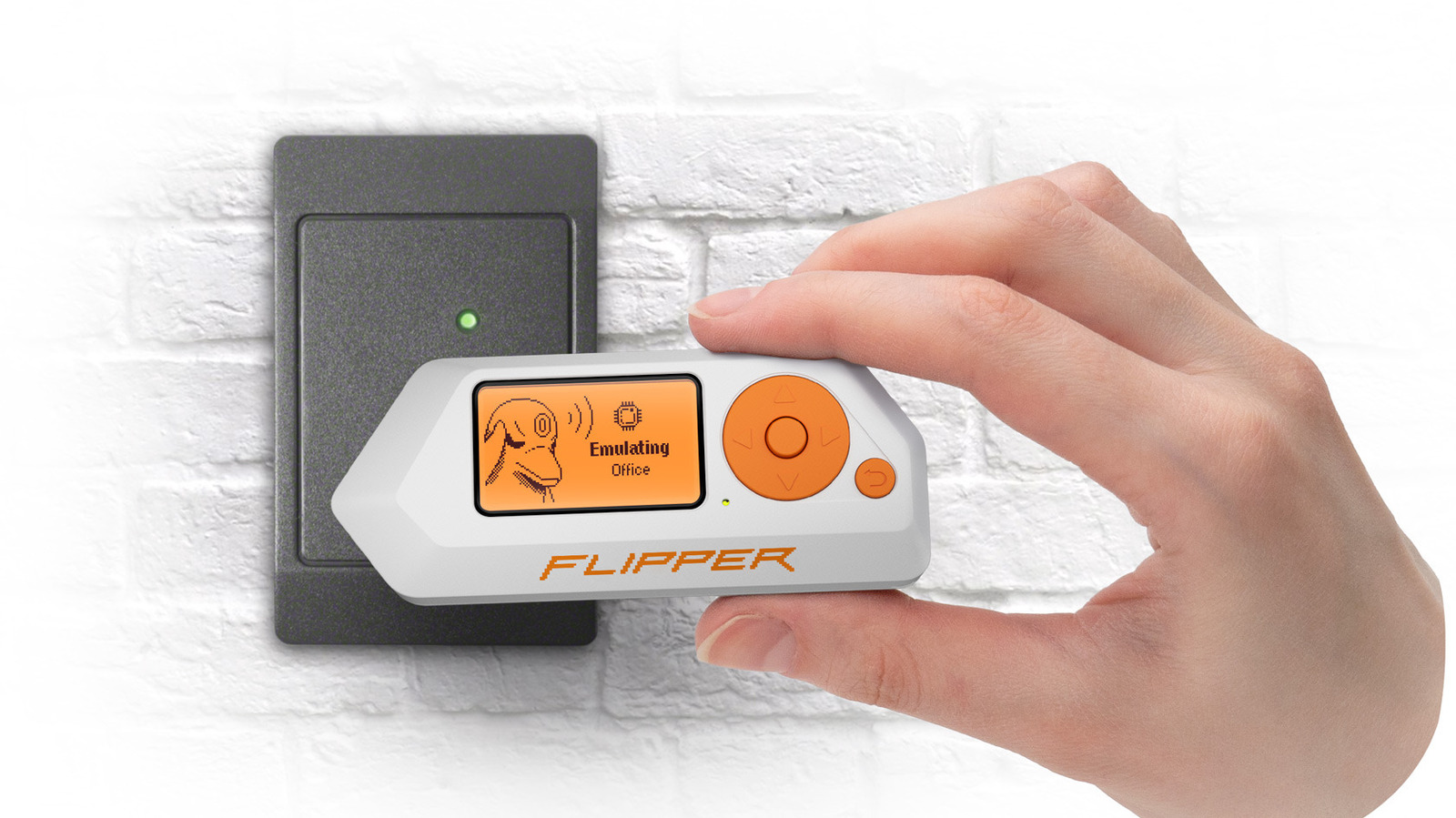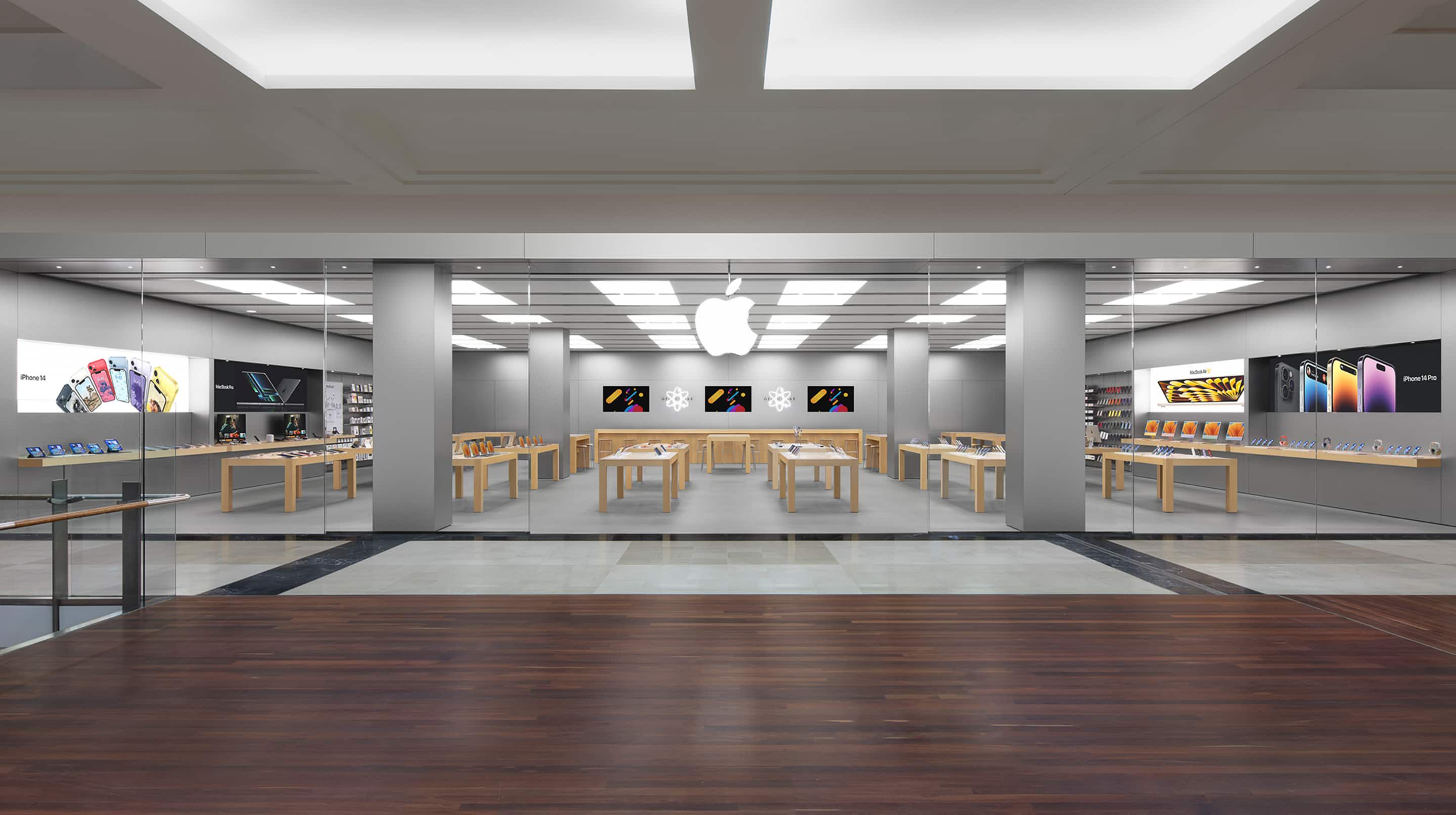When I think of one of the best gaming laptops, I imagine a sleek, compact powerhouse equipped with high-end specs to play visually stunning PC games on the go. So, 18-inch laptops like the latest Asus TUF Gaming A18 don’t exactly fall into that category.
They’re big, mighty machines that act more like desktop replacements than anything, and while there’s no denying their sheer power, I’d be hard-pressed to find anyone pulling an 18-incher out of their backpack to use at a café.
Every laptop has its place, sure, but their generally steep pricing makes me wonder if a gaming PC would be, well, a wiser economical choice. Consider two recent behemoths, the $4,499 Asus ROG Strix Scar 18 and $6,700 MSI Titan 18 HX at max configurations, and you’ll notice you can get a fairly decent (and more powerful) desktop setup for the same price.
Besides, both types of PCs are made to sit happily on a desk, anyway, so why replace a desktop when you can just get one? Well, that’s been my line of reasoning until I got a chance to try out the mega-sized Asus TUF Gaming A18, as it appears to have struck mid-range gold.
This is the first in Asus’ TUF lineup to feature an 18-inch size, so instead of being sprinkled with that premium ROG spice, this is a tried-and-true TUF mid-ranger that boasts value. That’s not something you see a lot of in this category of sizeable gaming laptops, especially when many 18-incher prices soar well above $2,000.
That’s how this TUF Gaming A18 with an RTX 5070 stands out, as it’s priced at $1,799 / £1,599. Now, that’s not cheap, but it’s certainly a lot more affordable than the majority of desktop replacements I’ve seen over the years. But that’s the highest configuration; the A18’s starting price kicks off at $1,599 / £1,499 with an RTX 5060. Now that’s value for its size.
It’s very much giving off TUF Gaming A14 vibes, which we rated as the best value gaming laptop you can get. This time, though, there’s a glorious 18-inch 2.5K (2560 x 1600) IPS display with a 240Hz refresh rate and 3ms response rate, along with the might of an RTX 50-series GPU.
In my eyes, the Asus TUF Gaming A18 is bringing 18-inch gaming laptops back into fashion, as I can now see the appeal of having an all-in-one PC on my desk that can handle the latest, graphically demanding titles with big-screen splendor. And it’s all to do with that price.
Price says it all
Many RTX 50-series gaming laptops are already starting to get discounts (hoorah!), and I’ve seen some interesting deals out there. Even this $1,499 Alienware 16 Aurora slipped to $1,219 (unfortunately not available anymore), but that’s when I saw prices for RTX 40-series machines.
I’ve seen them for less, but these RTX 4060 laptops, including the Asus ROG Zephyrus G14 for $1,599 and Lenovo Legion 7i for $1,699, are only a hair’s breadth away from the Asus TUF Gaming A18 with an RTX 5070 with its $1,799 price tag (imagine when a deal cuts that price down further).
There’s a lot of value to be had here, especially with the type of performance it’s been cranking out in the games I’ve played on it so far (more on that in a bit).
Having a big 18-inch screen makes the deal all the sweeter, and for gamers (and even some productivity work), it’s always a perk to expand the visual limits in the fast-paced competitive games we play and in those graphically stunning AAA titles.
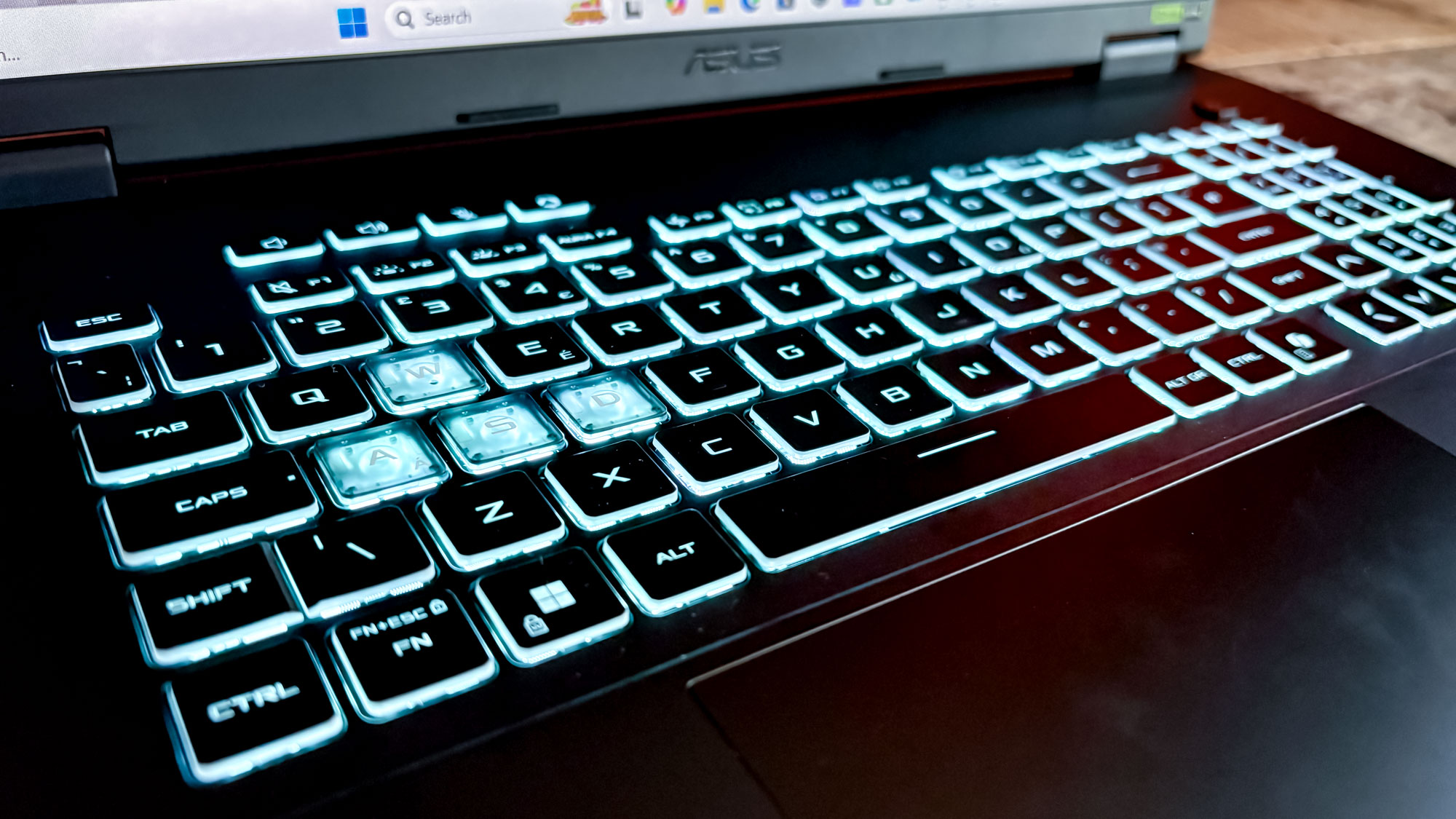
For a long time, the Alienware M18 R2 stood its ground as the best desktop replacement in our list of best gaming laptops, and I have to note that, at the time, the starting price for this 18-inch beast was $1,899.
That’s also a great offering, and even has the same display specs, 16GB of RAM and 1TB SSD as the TUF gaming A18. But that came with an RTX 4060, so the A18’s RTX 5070 model is still the more affordable (and valuable) option.
I talk about its impressive price comparisons, but I know a huge factor in getting a gaming laptop is about size and portability, too. An 18-inch laptop isn’t everyone’s cup of tea, but for those who just need a huge gaming machine that finds a home on a desk and pumps out great performance, the TUF Gaming A18 makes a stellar case.
And hey, it’s not a complete lump of a machine — it’s still portable enough to take from place to place.
Big-screen energy without the premium
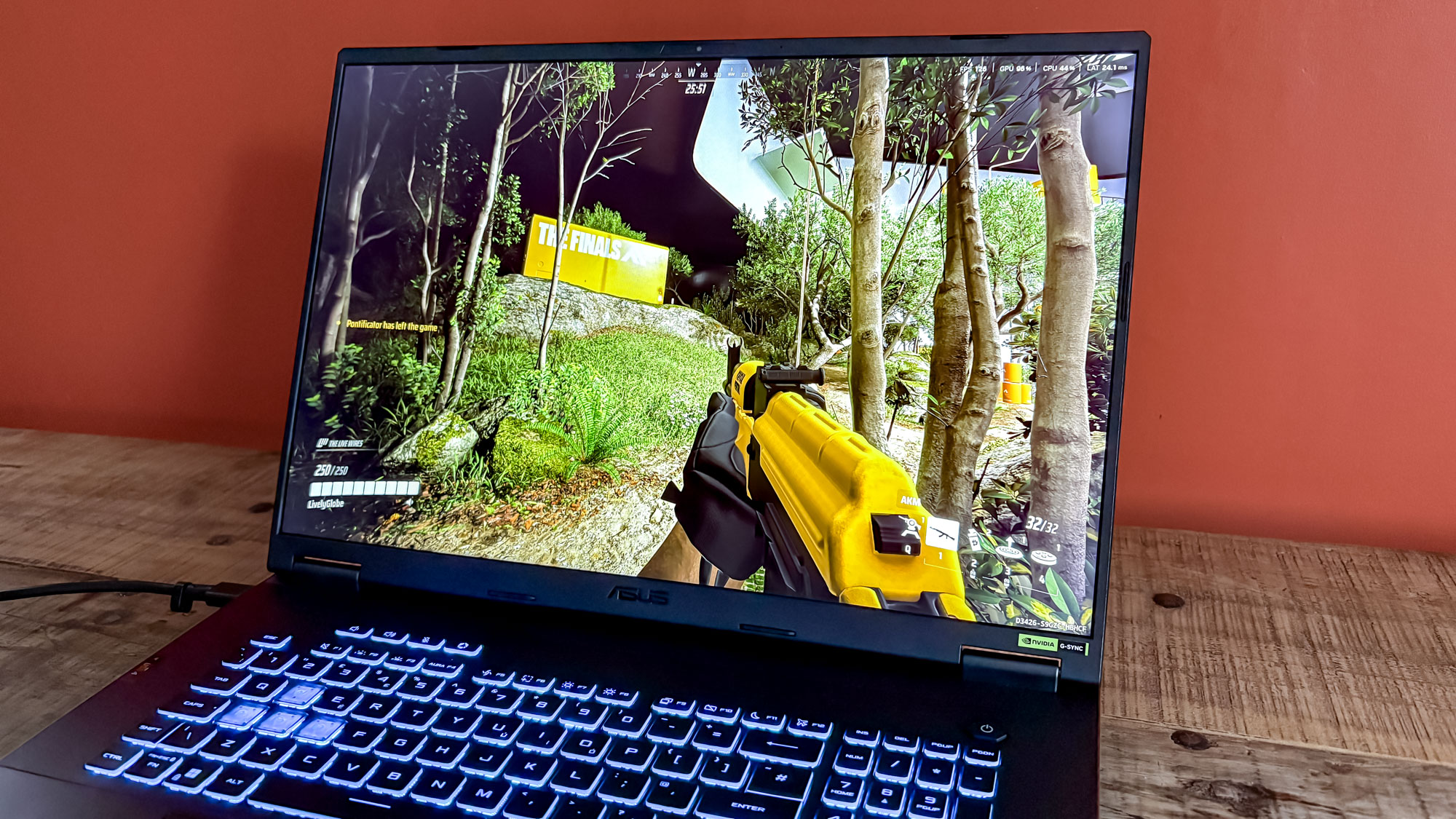
So, bigger isn’t necessarily pricier this time around, but more importantly, is it still worth gaming on? It certainly can, even with its upscaled 1600p resolution, but I also had to temper my expectations from what I usually find on more premium 18-inch gaming laptops.
Running the benchmark test in Cyberpunk 2077, with Nvidia DLSS 4 Multi Frame Generation x4 and High settings with ray tracing turned on, the A18 achieved an average of 200 FPS.
As you’d expect, I was able to blaze through a couple of down Chrome tabs with a YouTube video playing and a PC title running in the background without a hiccup, but this is a gaming laptop, after all, so I put it to the test in my usual mix of games.
There’s still more testing to be done, but it’s safe to say the TUF Gaming A18 with its RTX 5070 can provide some serious horsepower. Backed by its AMD Ryzen 7 260 CPU, 90Wh battery and Nvidia’s DLSS 4 trickery, expect frame rates to skyrocket past 200 FPS at high settings, even at 1200p resolution.
Running the benchmark test in Cyberpunk 2077, with Nvidia DLSS 4 Multi Frame Generation x4 and High settings with ray tracing turned on, the A18 achieved an average of 200 FPS. That smoothness was apparent as I jumped around buildings with the backdrop of Night City — all looking immersive and expansive thanks to the screen’s size.
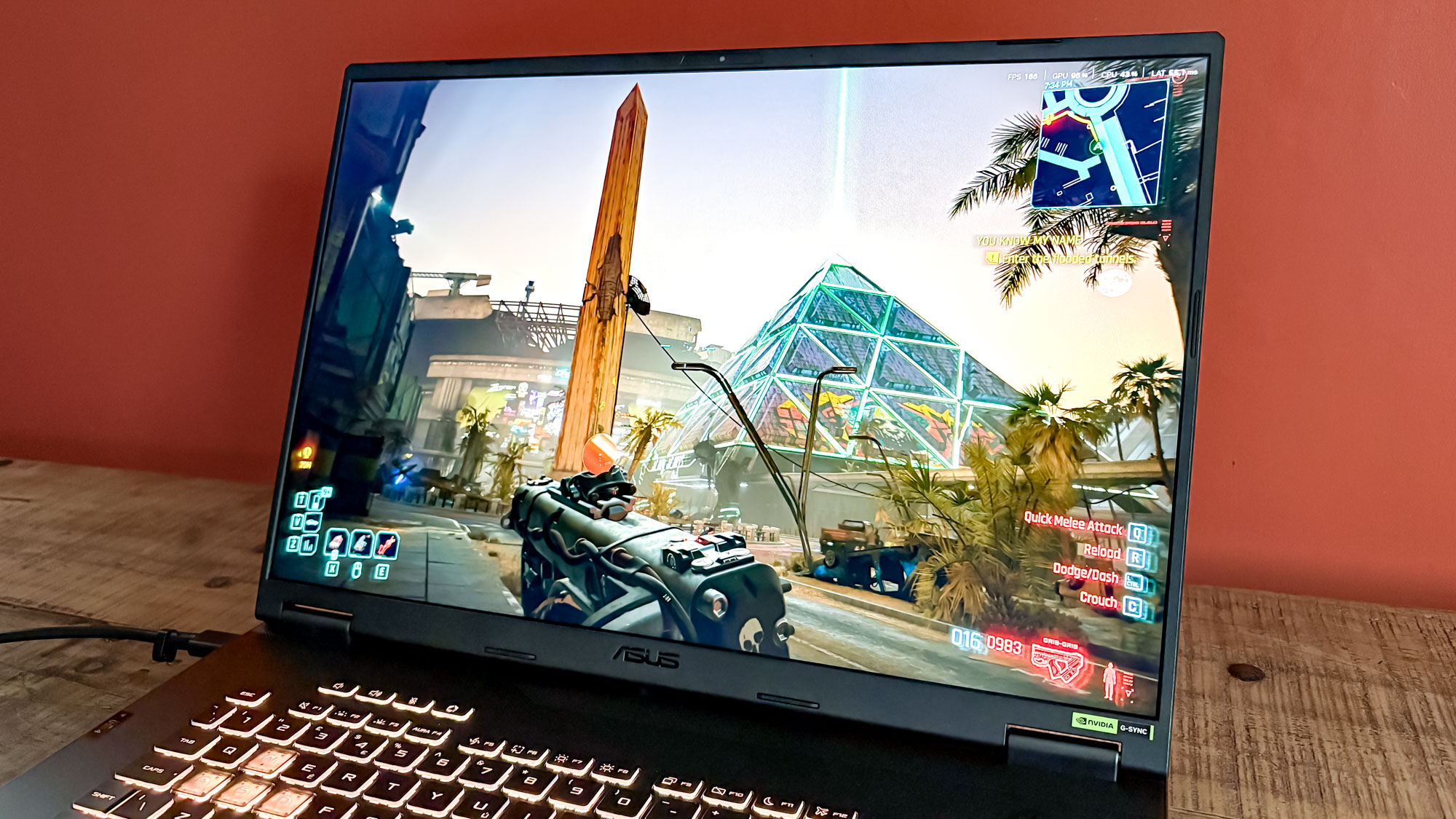
Then I dipped into the destructible beauty of The Finals, and settings were automatically maxed out. With DLSS Quality set to DLAA and everything else cranked up (Frame Generation x4, too), the game looked stunning with a 101 FPS. Slightly lower than expected, sure, but still extremely smooth. Tinkering with settings, like lowering settings to High and altering DLSS to Quality, it achieved an even faster 160 FPS.
Finally, I gave Doom: The Dark Ages a go, and similarly saw frame rates soar to 230 FPS at Ultra Nightmare with 1200p resolution. Just what I expected in fast-paced first-person shooters, but I also tried Doom: The Dark Age’s path tracing update, and frame rates dropped to a reasonable, but comparatively slow, 60 FPS (I quickly turned that off).
Funnily, despite the impressive boost with DLSS 4, the display on the TUF Gaming A18 I’ve been testing tops out at 144Hz. So, it can’t even fully show off those extreme numbers. And I also noticed its brightness struggled to show off darker environments in Doom. But this wasn’t completely off-putting.
Nevertheless, I felt I was playing on a powerful, capable gaming laptop while on this *affordable* behemoth (for its size).
Is the Asus TUF Gaming A18 worth it?

Asus’ TUF lineup is punching above its more “budget” weight class and entering the mid-ranger ring, and it’s all thanks to its Asus TUF Gaming A18. I still want to see it perform in other demanding scenarios (especially at its 1600p resolution), but for the most part, I can imagine this 18-inch gaming laptop being my main PC for gaming.
Its big, bold display is great for gaming with an expansive view; it has the power to offer great performance in AAA titles; and at 5.72 pounds, it isn’t even the heaviest 18-inch out there (many are over 7 pounds).
Better yet, this gaming laptop goes beyond entry-level gaming and delivers powerful performance at a more affordable price than its major competitors.
As the TUF Gaming A18 has proven to me, maybe 18-inch gaming laptops don’t have to cost a premium after all. For accessible, powerful gaming performance that won’t completely drain the bank account (and with a big screen), I’d put this on my radar.
More from Tom’s Guide
Back to Gaming Laptops

